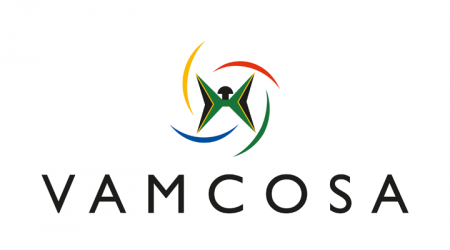
Clusters Overview

The South African Mineral Processing Equipment Cluster

The Domestic Water Heating Manufacturers Cluster of South Africa

The Valve And Actuators Manufacturers Cluster of South Africa
The Importance of Clustering in South Africa
We keep talking about big companies and yet we all know that it is the small companies that create the jobs, and create the sustainability and the stability in the economy. What makes America what it is? It’s the plethora of mama-papa businesses. We see it in the Capital Equipment sector, sometimes with really antique technology, but they have captive markets because they are in areas that otherwise wouldn’t be serviced. Now we don’t have that in South Africa.

What is a Cluster?
A Cluster is a geographically bound concentration of similar or complementary businesses related via a value chain. It is very important to think of the value chain. A cluster has active channels for business transactions, communication and dialogue. The businesses in the cluster have various things in common such as specialised infrastructure, labour, markets and services, but they are faced with common opportunities and threats. That is the crux.
Understanding Clustering
There are various types of clustering. Passive clustering occurs naturally. You’ll find there are certain areas or certain industries that are very focused. Maybe there are various factories and manufacturers related to a science park nearby – that is a naturally occurring, passive cluster. Firms congregate over time to take advantage of potential opportunities but enhance these by undertaking further deliberate actions, such as creating economies-of-scale.
ACTIVE CLUSTERING
SACEEC is involved in active clustering, in which firms realise the potential benefits of active co-operation, enter into closer relationships and set up mechanisms for collaboration in order to reduce costs, develop new or upgrade products or product ranges, develop flexibility and build a “common purpose”.
ALIGNMENT WITH ECONOMIC POLICY
The important thing is that it should fit in with economic policy. Development of cluster initiatives are an important new direction in economic policy, building on earlier efforts in macro-economic stabilisation, privatisation, market opening and reducing the costs of doing business.
PROCESSES AND PROCEDURES
In South Africa, we write many policies, but we’ve been very, very slow at unpacking those into procedures and processes. Therefore we keep having new policies instead of actually using the policy that’s there and tweaking it to fit the purpose.
How clustering works
It involves people-to-people contact. It’s more informal than formal. It involves local stakeholders rather than outsiders. It involves collaboration at multiple levels and requires a huge amount of social capital.
Sub-sector participants for the sub-sector must lead it. You can’t, for instance, put companies who are making a screening machine, which is used in the mining industry, together with a company who is making roof bolts.
Most importantly, you cannot include importers with local manufacturers. If you do that, the cluster dead in the water and you will never move forward. You cannot use the multinationals that send representatives because they’re not high enough up to make input into the decision-making.
It’s a continuous process. With the new state-owned enterprise purchasing that they’re doing with Transnet, PRASA and ESKOM, we must cluster throughout the process of those particular contracts. So it will maybe be 20 years – but out of that you will end up with a very strong industry.
WHAT CLUSTERING IS NOT
It is not an industrial policy. It is not a lobbying tool or a close circle of friends. It is not about cornering the market or a five-year plan. It is not top down. It is not solely the private sector: in order to become successful, it must include all stakeholders.
For example, for the set up of a mining cluster, one must work with the mining houses and their representatives in those various disciplines.
The Six Step Process to Forming a Cluster
Step 1
Form a leadership group
Step 2
Undertake a rough competitor analysis
Step 3
Form sub-cluster working groups as required
Step 4
Develop action initiatives. These are initially short term actions to achieve runs-on-the-board
Step 5
Over time, tackle longer-term initiatives
Step 6
Continually encourage communication and outreach by all participants
Why Do We Have Clustering?
The platform that clusters provide enables industry to address opportunities and barriers in a way that cannot be done on an individual basis. Yet the companies still compete with each other. Clustering is a procedure for unpacking remedial actions and improving global competitiveness. It’s all about competitiveness.
Formation and success of a cluster depends upon the industrial and technological development of the region; the continuous catalytic involvement and intensity of vertical and horizontal linkages, including between firms, buyers and the state; the efficacy of support institutions and the technological complexity of activities. The dynamism of the leaders and participants of the cluster also has a huge bearing.
Behind all the effort is finding new markets. The whole strength of the Competitive Supplier Development Programme (CSDP) is not to build capacity to supply into South Africa; it is to build capacity for the global markets so that we can compete around the world, not even only in Africa.
In the capital equipment sector, we spend much more time in Latin America than we do in any other region, because we know we’re competitive in those markets. The basis of it is innovation. You’ve got to unearth that. Those of you who’ve ever been in a think tank realise the enthusiasm that bubbles out when a whole lot of like-minded people get together. This is what the cluster does – it gives the opportunity for everybody to bubble together and think of new things.
